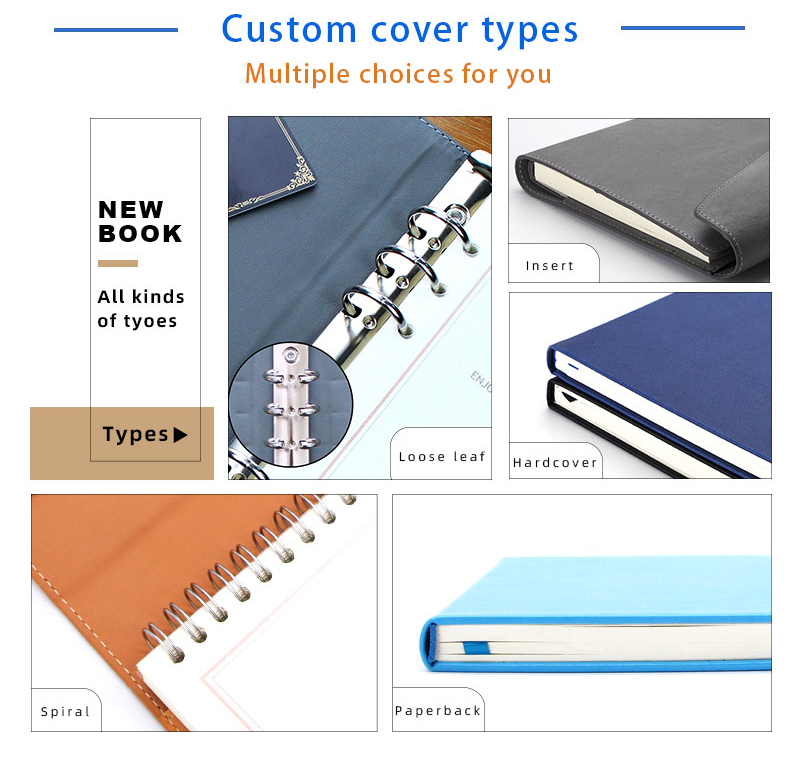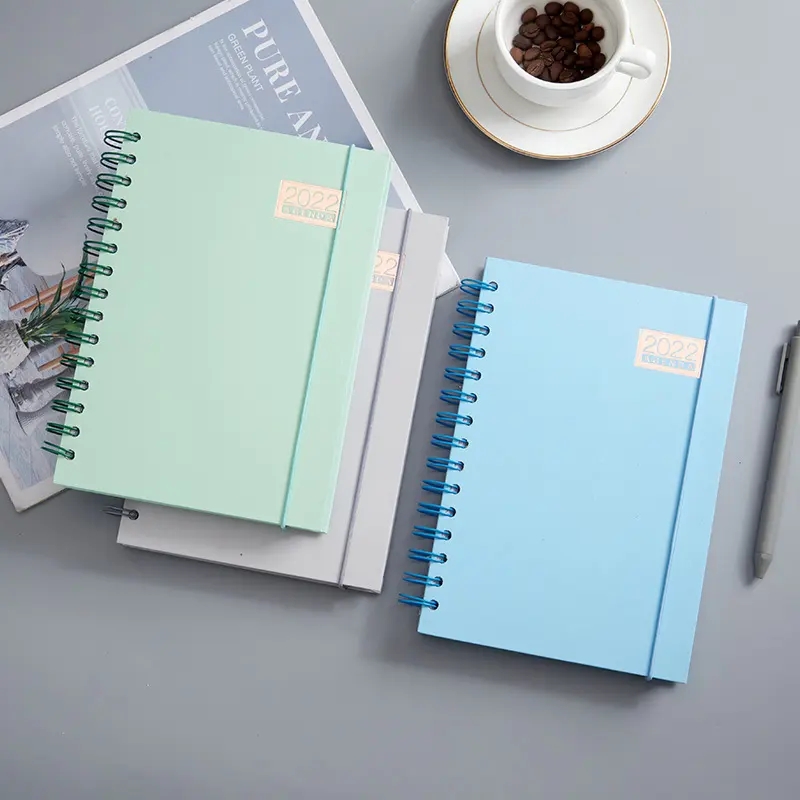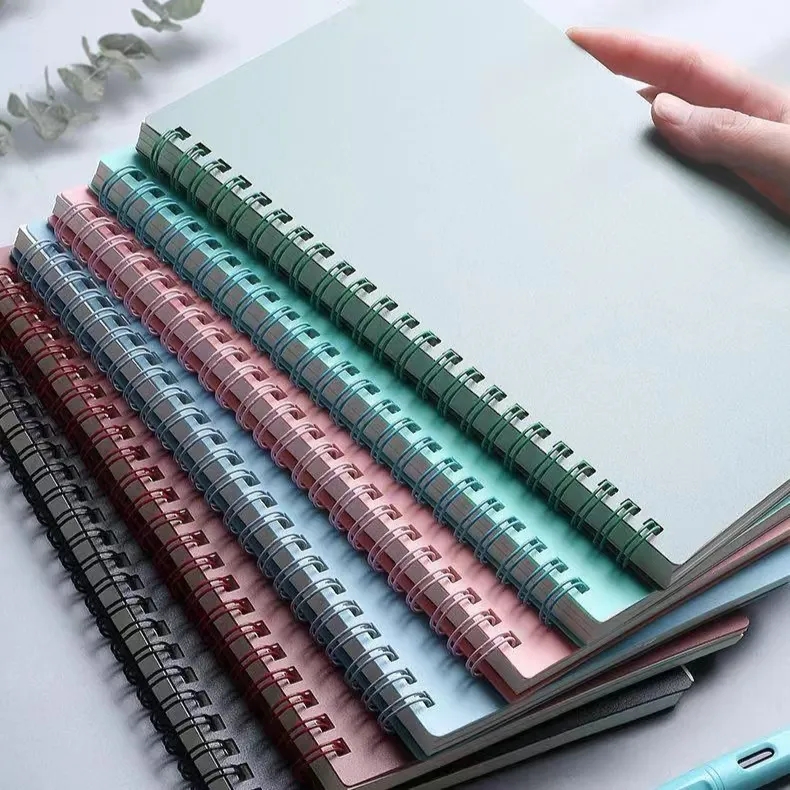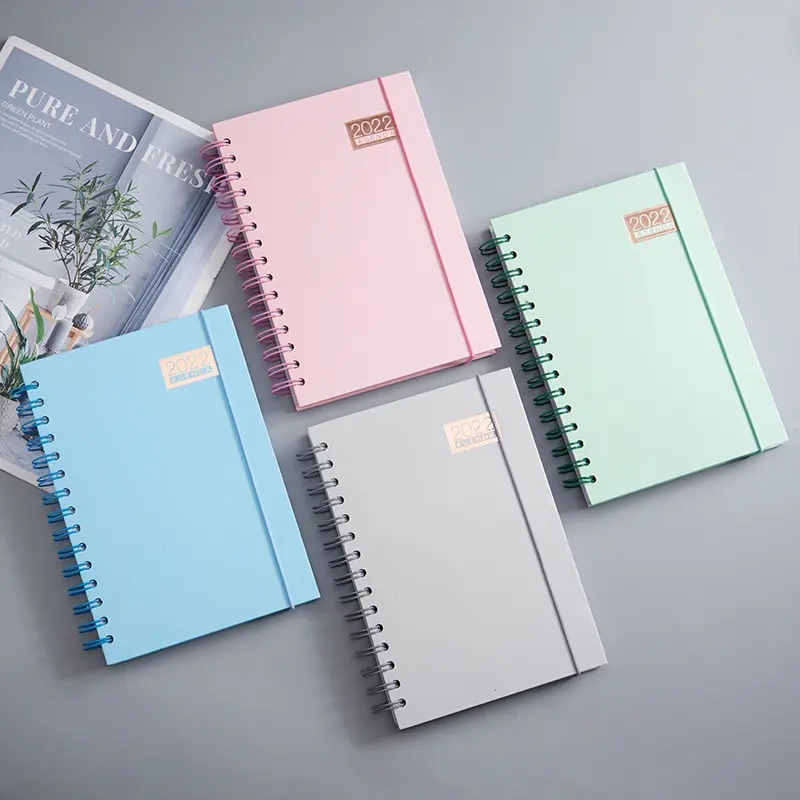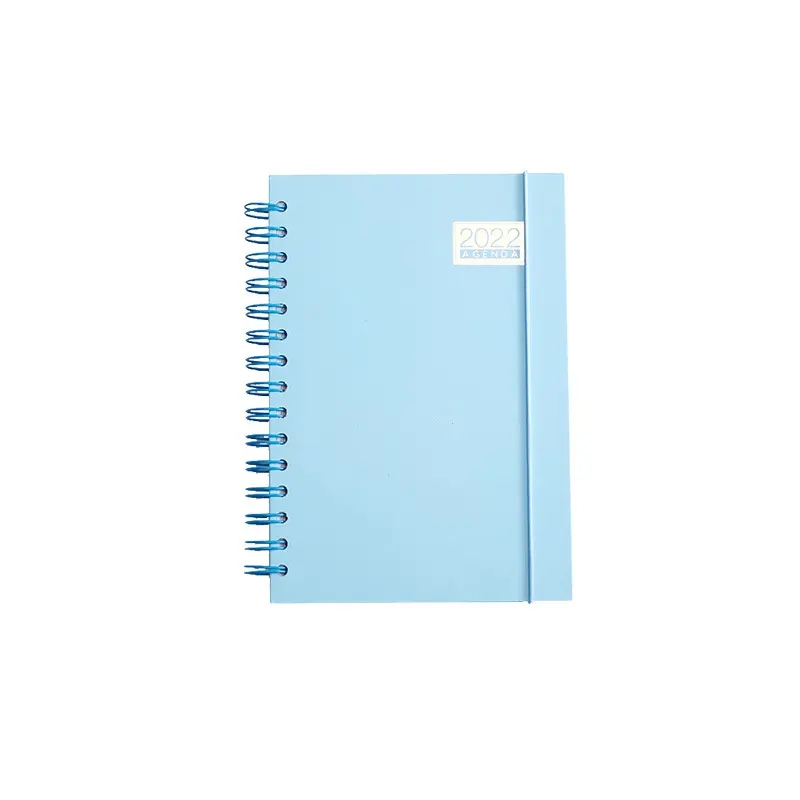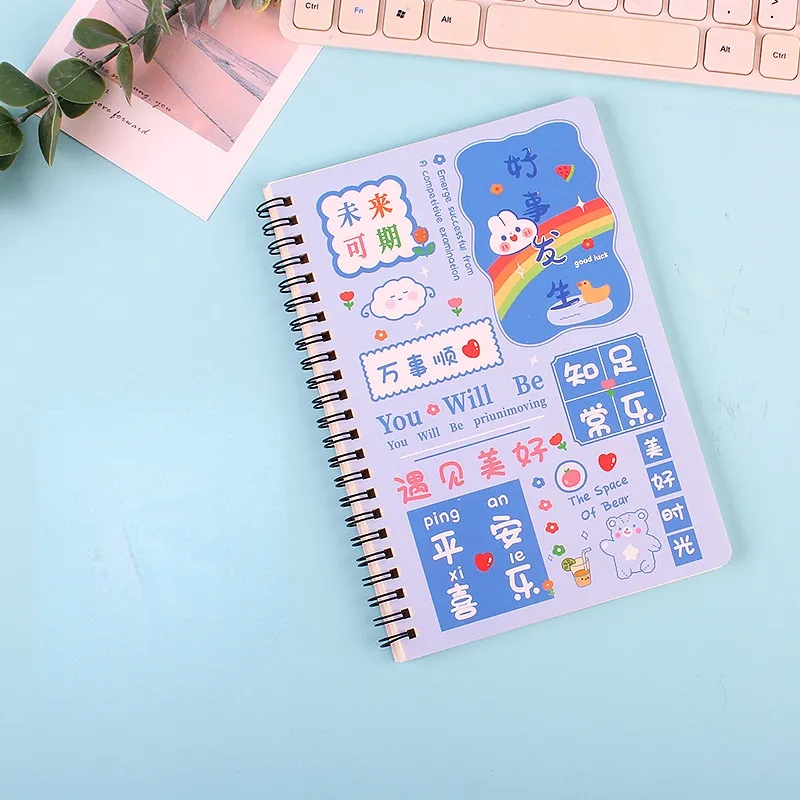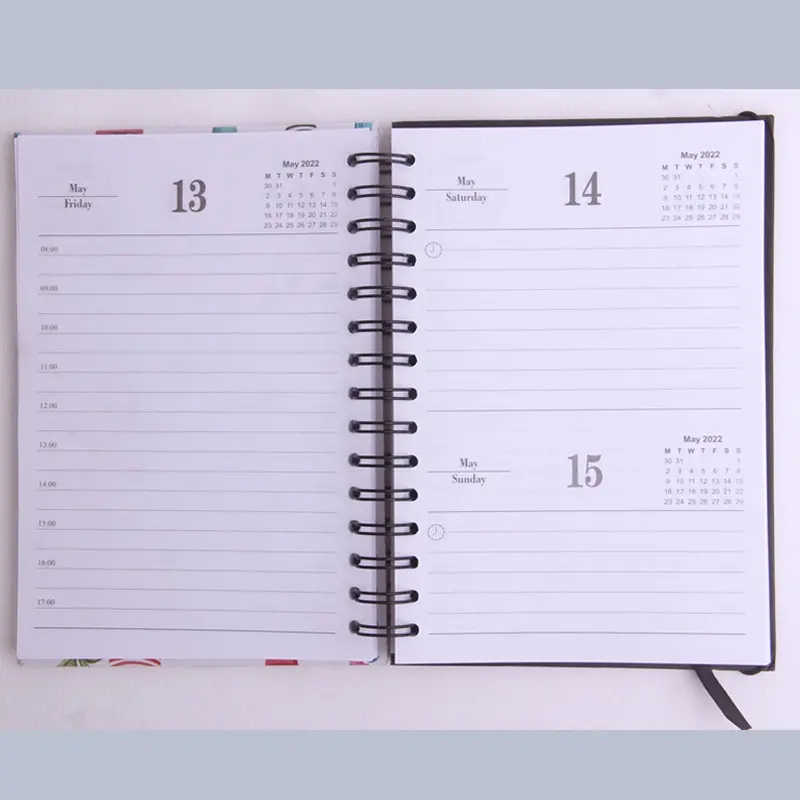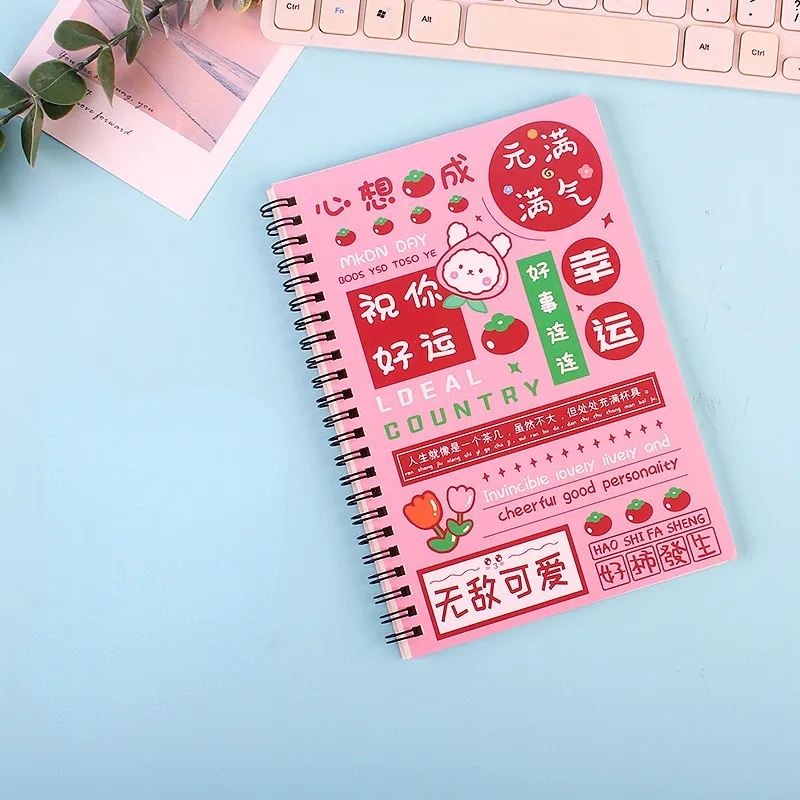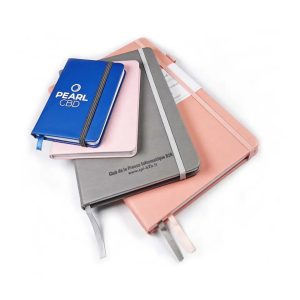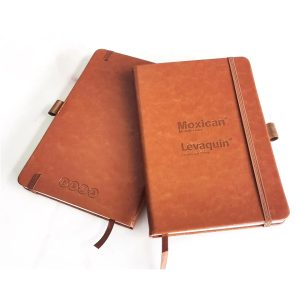Exploring the Versatility and Utility of Diary Notebooks
Diary notebooks, in the age of digital dominance, stand as a timeless tool, still cherished for their versatility and effectiveness. These notebooks serve multiple purposes, ranging from documenting life’s memorable moments to offering a structured approach to managing time and tasks. In this article, we delve deep into various facets of Diary Notebooks, including their applications, design features, and tips for effective utilization.
1. The Versatility of Diary Notebooks
Diary notebooks primarily serve as personal journals for capturing daily life experiences, thoughts, emotions, and aspirations. They have found their place as an integral part of one’s life, helping individuals track their growth and progress. Some primary applications include:
Daily Records: Diary notebooks are ideal for jotting down daily activities, schedules, and encounters. They serve as a detailed account of your day-to-day life.
Emotional Outlet: These notebooks offer a safe space to express emotions, pen down feelings, or document significant events, aiding in emotional management and reflection.
Goals and Planning: Diary notebooks can be instrumental in setting goals, planning for the future, and monitoring progress, helping individuals maintain motivation and focus.
Reflection and Contemplation: Through journaling, you can reflect on your decisions and choices, gain insights into your thought processes, and make wiser decisions in the future.
2. Design Features of Diary Notebooks
Diary notebooks come in a myriad of designs to cater to diverse preferences and needs. Here are some common design features:
Size and Style: Diary notebooks vary in size, from pocket-sized to large, and in style, with options ranging from hardcover to softcover, allowing users to pick according to personal aesthetics and usage preferences.
Paper Quality: The quality and color of the paper are crucial considerations. Some prefer smooth, white paper, while others favor textured, off-white paper for a unique writing experience.
Page Layout: Diary notebooks may have blank pages for free-form writing or predefined layouts with dates, times, or grids for structured recording, depending on individual needs.
Additional Features: Some Diary Notebooks come with handy features like bookmarks, pockets, pen slots, or cover sleeves, adding convenience and organization to the journaling experience.
3. Maximizing the Use of Diary Notebooks
While Diary Notebooks are powerful tools in themselves, maximizing their potential requires some strategies:
Consistency: Cultivate a daily journaling habit, whether it’s in the morning, evening, or another preferred time. Consistency ensures better record-keeping and reflection.
Goal Setting: Use your Diary Notebook to set clear goals and plans, then track your progress. This helps you stay focused and accountable.
Free Expression: Don’t hesitate to express your genuine emotions and thoughts in your Diary Notebook. It’s a private space where you can be candid.
Organization: Utilize different sections or labels within your Diary Notebook to organize various types of content, such as daily logs, plans, and goals.
Review and Reflection: Periodically revisit your diary entries to learn from experiences, gain insights, and make informed decisions for personal growth and development.
In conclusion, Diary Notebooks remain invaluable companions in our digital age, offering a space to record life, express emotions, set goals, and evolve. With diverse design features to suit individual preferences and strategic use, Diary Notebooks continue to stand the test of time as an essential tool for self-reflection and personal growth. We hope this article provides valuable insights into understanding and harnessing the potential of Diary Notebooks.

